Filter by

Give peace a chance: on violence and warfare in prehistory and why it matters
How is it possible that people kill each other? And above all: how is it possible that people who are able to peacefully live with each other at one moment, can kill each other at another one? These are fundamental questions about the human condition – questions that religions, philosophers and scientists have been wanting to solve since times immemorial and that continue to fascinate us toda…
- Edition
- Ed. 1
- ISBN/ISSN
- 9789082948134
- Collation
- 65
- Series Title
- -
- Call Number
- 303.66 FAN g
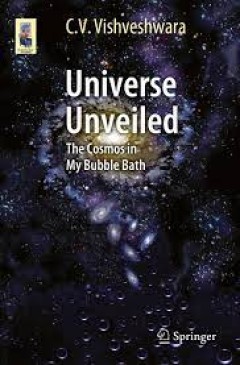
Universe Unveiled The Cosmos in My Bubble Bath
The bubbles were swirling all around me, massaging my body. As I luxuriated in this fantastic bath, I gasped realizing that those bubbles carried with them miniature galaxies bringing the entire Cosmos into my bathtub... Alfie is back. And so are George and other characters from the author’s previous book Einstein’s Enigma or Black Holes in My Bubble Bath. While the present book, Univers…
- Edition
- -
- ISBN/ISSN
- 978-3-319-08213-4
- Collation
- -
- Series Title
- -
- Call Number
- -
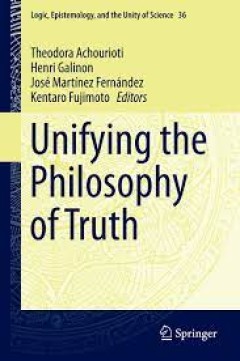
Unifying the Philosophy of Truth
- Edition
- -
- ISBN/ISSN
- 978-94-017-9673-6
- Collation
- -
- Series Title
- -
- Call Number
- -
- Edition
- -
- ISBN/ISSN
- 978-94-017-9673-6
- Collation
- -
- Series Title
- -
- Call Number
- -
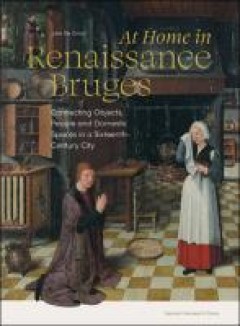
At Home in Renaissance Bruges: Connecting Objects, People and Domestic Spaces…
- Edition
- Ed. 1
- ISBN/ISSN
- -
- Collation
- -
- Series Title
- -
- Call Number
- -
- Edition
- Ed. 1
- ISBN/ISSN
- -
- Collation
- -
- Series Title
- -
- Call Number
- -
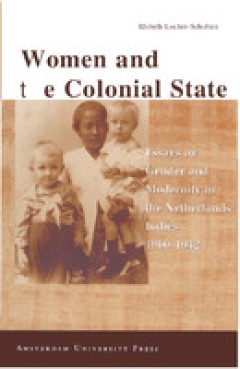
Women and the Colonial State: Essays on Gender and Modernity in the Netherlan…
Woman and the Colonial State deals with the ambiguous relationship between women of both the European and the Indonesian population and the colonial state in the former Netherlands Indies in the first half of the twentieth century. Based on new data from a variety of sources: colonial archives, journals, household manuals, children's literature, and press surveys, it analyses the women-state re…
- Edition
- Ed. 1
- ISBN/ISSN
- 9789053564035
- Collation
- 251
- Series Title
- -
- Call Number
- 901 LOC w
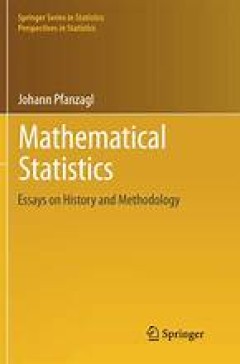
Mathematical Statistics
This book presents a detailed description of the development of statistical theory. In the mid twentieth century, the development of mathematical statistics underwent an enduring change, due to the advent of more refined mathematical tools. New concepts like sufficiency, superefficiency, adaptivity etc. motivated scholars to reflect upon the interpretation of mathematical concepts in terms of t…
- Edition
- 1
- ISBN/ISSN
- 978-3-642-31084-3
- Collation
- Mathematics
- Series Title
- Springer Series in Statistics
- Call Number
- 510
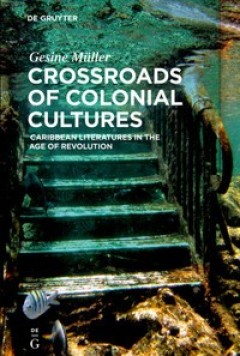
Crossroads of Colonial Cultures : Caribbean Literatures in the Age of Revolution
The study examines cultural effects of various colonial systems of government in the Spanish- and French-speaking Caribbean in a little investigated period of transition: from the French Revolution to the abolition of slavery in Cuba (1789–1886). The comparison of cultural transfer processes by means of literary production from and about the Caribbean, embedded in a broader context of the cir…
- Edition
- -
- ISBN/ISSN
- 9783110495416
- Collation
- 367 halaman
- Series Title
- -
- Call Number
- 900 MUL c

Clandestine Philosophy : New Studies On Subversive Manuscripts In Early Moder…
Clandestine Philosophy examines the circulation and consequences of 'clandestine philosophical manuscripts', a genre that flourished in the eighteenth century and included forbidden works such as erotic texts, political pamphlets, satires of court life and of the nobility, forbidden religious texts, and books about alchemy and the occult. The editors have brought together leading experts on the…
- Edition
- -
- ISBN/ISSN
- 9781487531560
- Collation
- 448 halaman
- Series Title
- UCLA Clark Memorial Library Series
- Call Number
- 070 PAG c
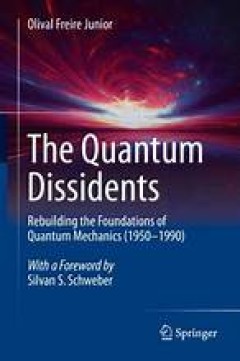
The Quantum Dissidents
This book tells the fascinating story of the people and events behind the turbulent changes in attitudes to quantum theory in the second half of the 20th century. The huge success of quantum mechanics as a predictive theory has been accompanied, from the very beginning, by doubts and controversy about its foundations and interpretation. This book looks in detail at how research on foundations e…
- Edition
- 1
- ISBN/ISSN
- 978-3-662-44662-1
- Collation
- Fisika
- Series Title
- -
- Call Number
- 530
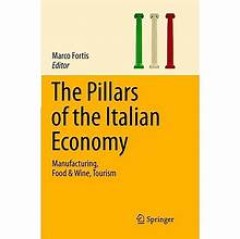
The Pillars of the Italian Economy
This book offers a detailed analysis of the key sectors in the Italian economy, with the focus especially on areas in which the economy excels, such as the automatic packaging machinery sector, pharmaceutical production, the food and wine industry, and tourism. The book explains how, contrary to widespread opinion, Italy is one of the world’s most competitive countries in foreign trade, as co…
- Edition
- 1
- ISBN/ISSN
- 978-3-319-40186-7
- Collation
- Ekonomi
- Series Title
- -
- Call Number
- 330
 Computer Science, Information & General Works
Computer Science, Information & General Works  Philosophy & Psychology
Philosophy & Psychology  Religion
Religion  Social Sciences
Social Sciences  Language
Language  Pure Science
Pure Science  Applied Sciences
Applied Sciences  Art & Recreation
Art & Recreation  Literature
Literature  History & Geography
History & Geography